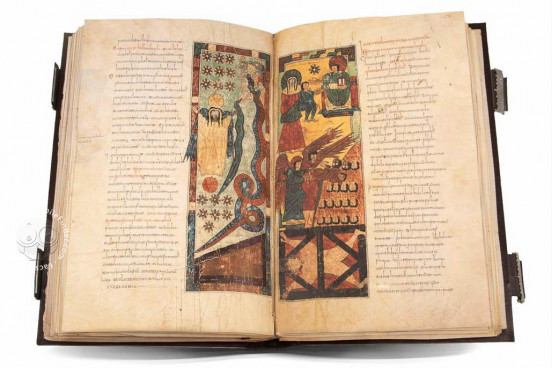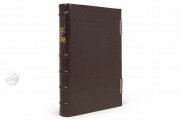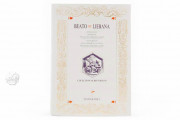The Escorial Codex is an illuminated manuscript of Beatus of Liébana‘s commentary on the Apocalypse, the Christian biblical book that describes Saint John the Divine’s vision of the End Times. It was created at the monastery at San Millán de la Cogolla around 1000. The manuscript's fifty-two miniatures, some framed and others unframed, are remarkable for the expressive facial features and large oval eyes of the human figures and for the idiosyncratic use of yellows, browns, and dark greens.
We have 1 facsimile edition of the manuscript "Beatus de Liébana - Escorial Codex": Beato del Escorial facsimile edition, published by Testimonio Compañía Editorial, 1994
Request Info / Price



